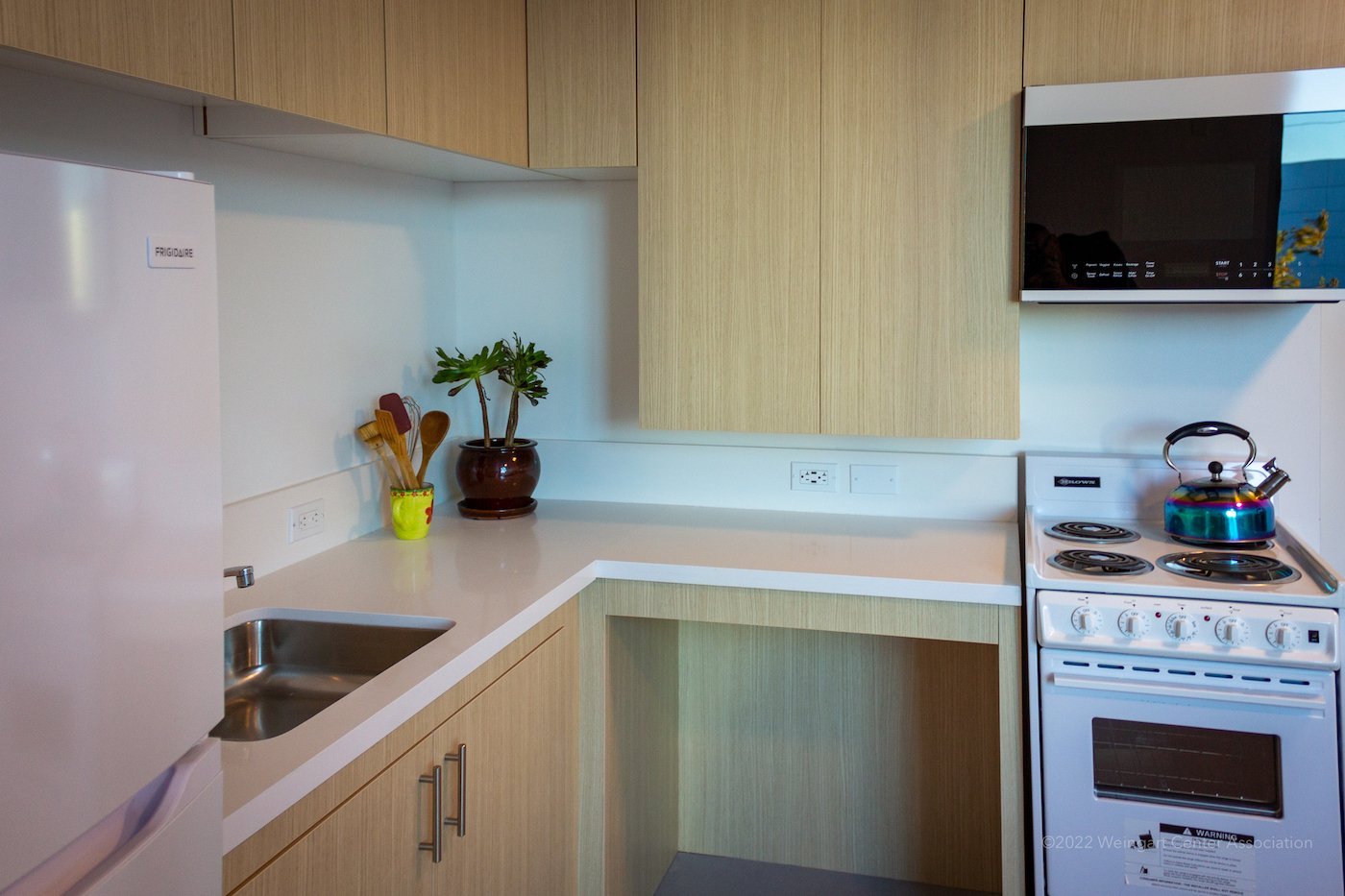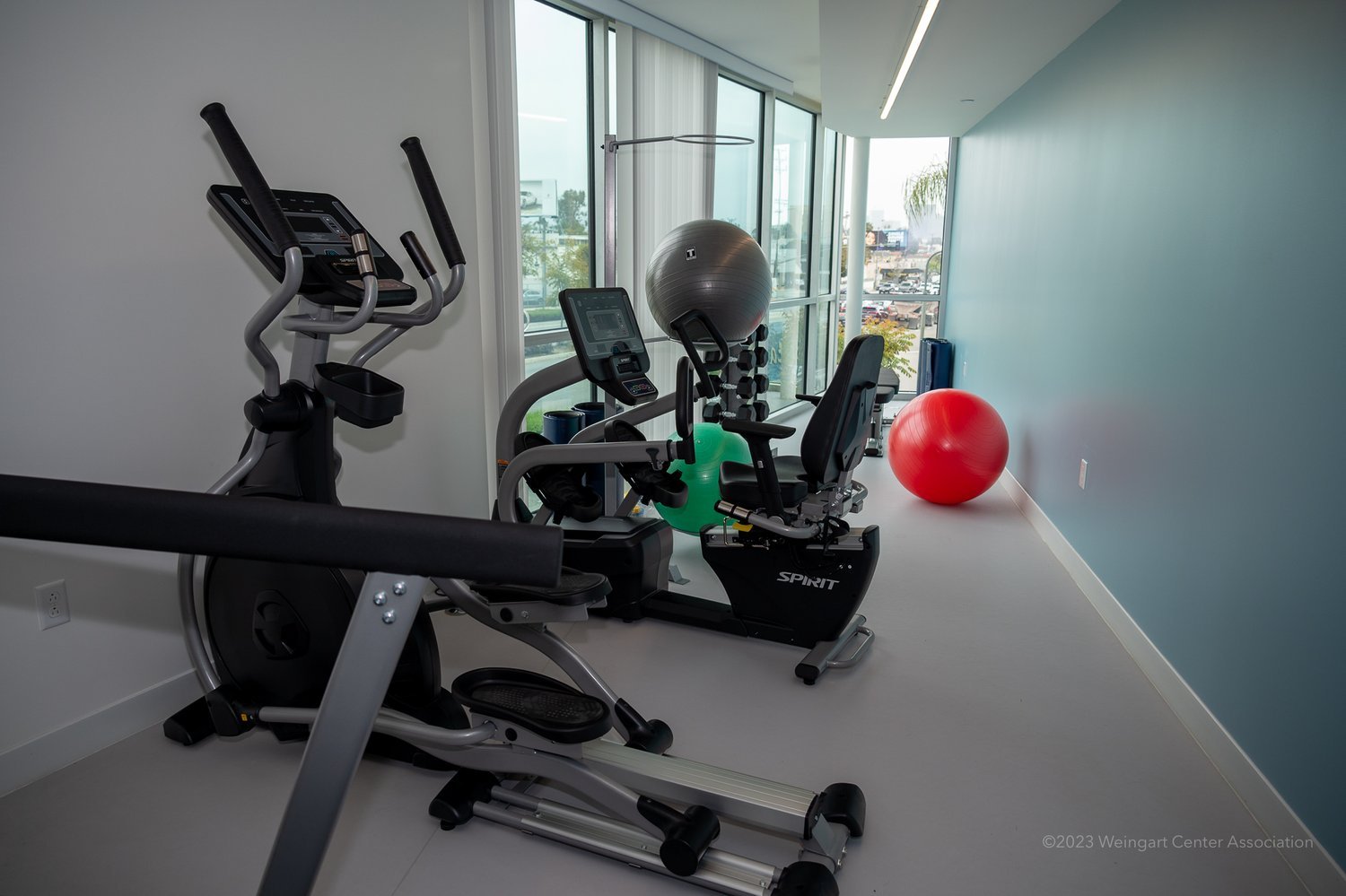Human-centered design — What it is and how we use it
In everything we do — from programming to architecture — serving our residents is our focus.
At the Weingart Center, our programs work because we always keep our residents in mind. We account for their experiences of homelessness and work to provide them with services and programs that benefit them most.
What is Human-centered design?
This focus leads us to involve our clients in developing programs that help lead them out of homelessness. Human-centered design, or HCD, dates to the 1950s, and is a practice that places users at the heart of the design process, taking care to translate their needs and behaviors into effective solutions that fill their unique challenges. This methodology is key to Weingart Center’s success, and the success we’ve had with our clients.
Elements of Human-centered design
Here are just some of the ways we incorporate human-centered design into our approach, placing clients at the center of their own success.
Making our interim housing and permanent supportive housing accessible is vital. Our residents need a space they can access to begin their journey into stable living.
People need privacy. In our permanent supportive housing units, clients are given their own room and bathroom. This helps establish a sense of self and safety.
Community spaces foster connections, joy, and accountability. We want our clients to feel supported not only by our staff but by their peers. Though the journey out of homelessness is not always easy, having a network of support fosters positive results.
Access to services that address specific needs, like employment and health, creates lasting systems with long-term impacts.
Homelessness is traumatizing. That’s why we provide trauma-informed care to help people heal and grow.
Homelessness and the experiences that come with it are constantly changing. Making sure our programs are adaptable and flexible sets us up to be ready for any changes needed.
More people housed
We developed our interim housing and permanent supportive housing programs with deep consideration of the people we serve and the community that surrounds us. Our success shows that our approach works.
Throughout the year, we’ll provide updates about our efforts to end the cycle of homelessness.



